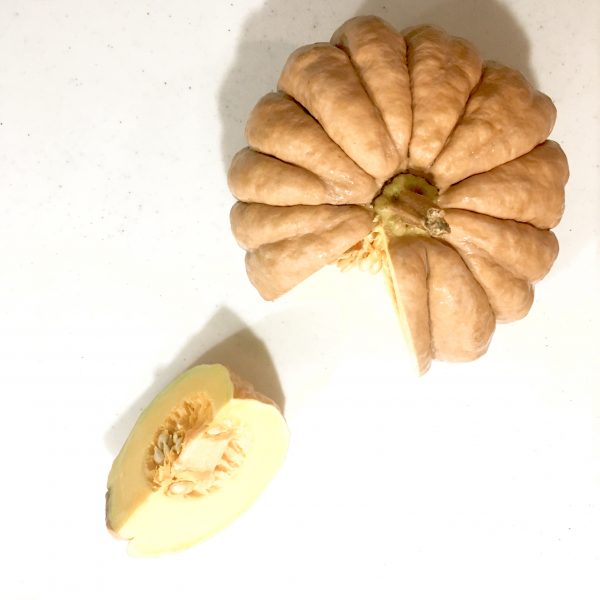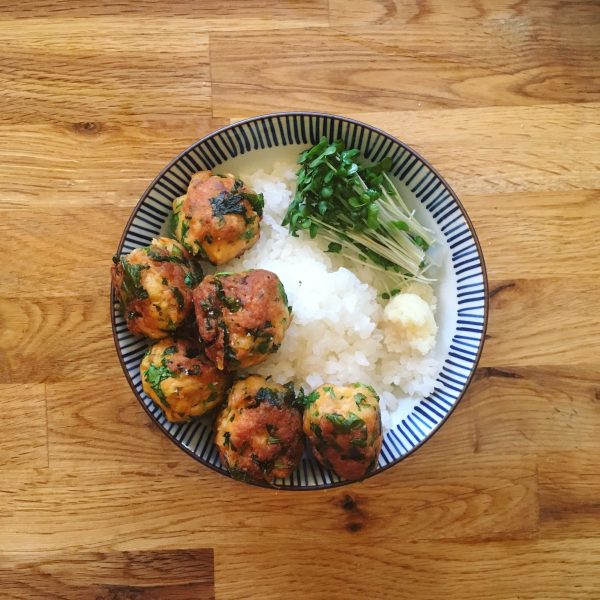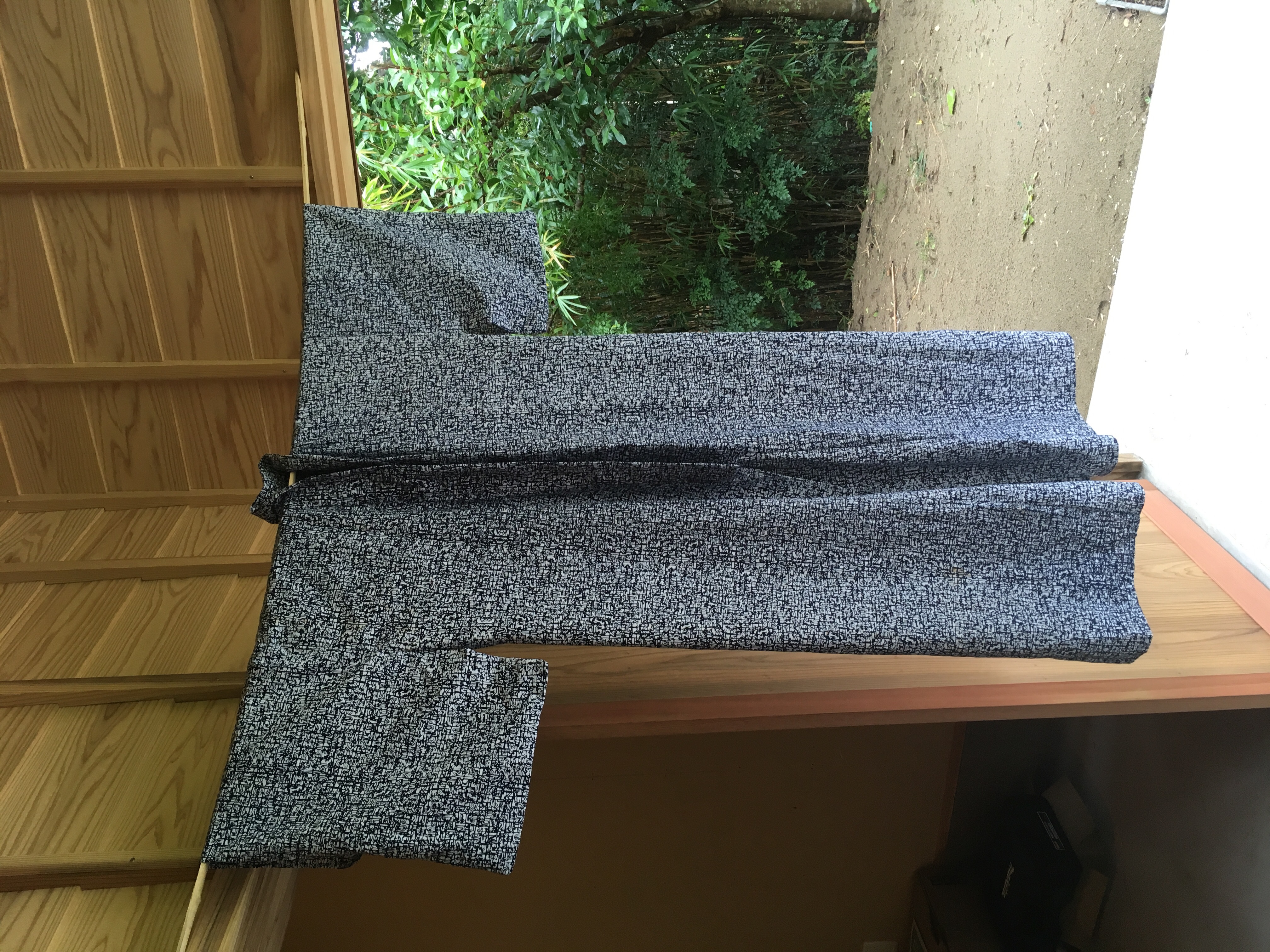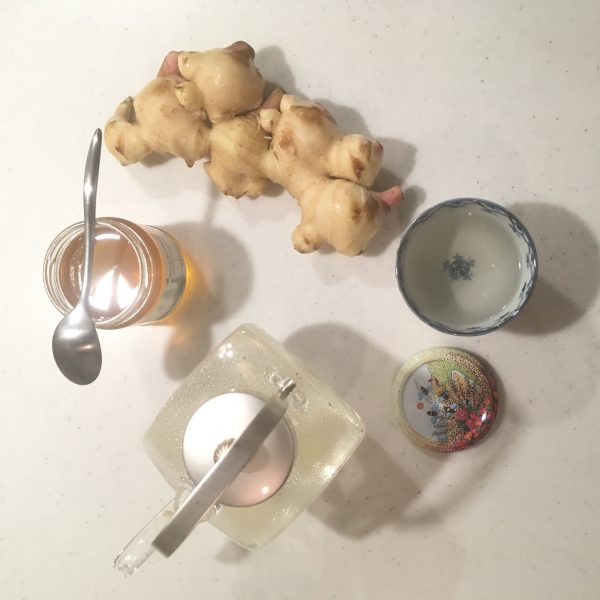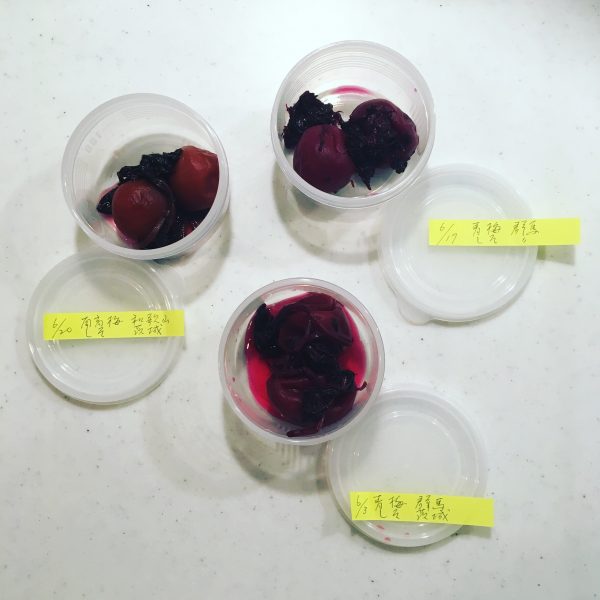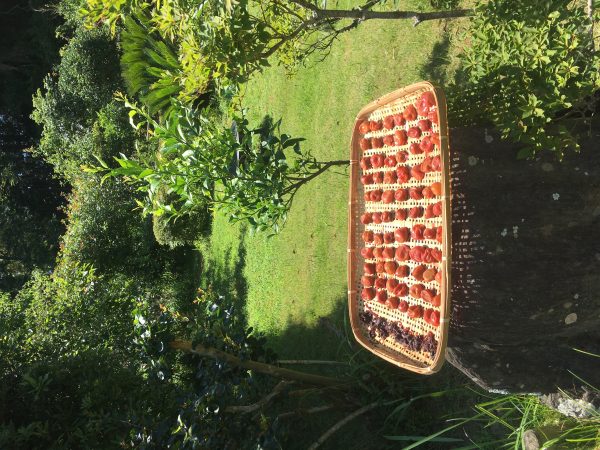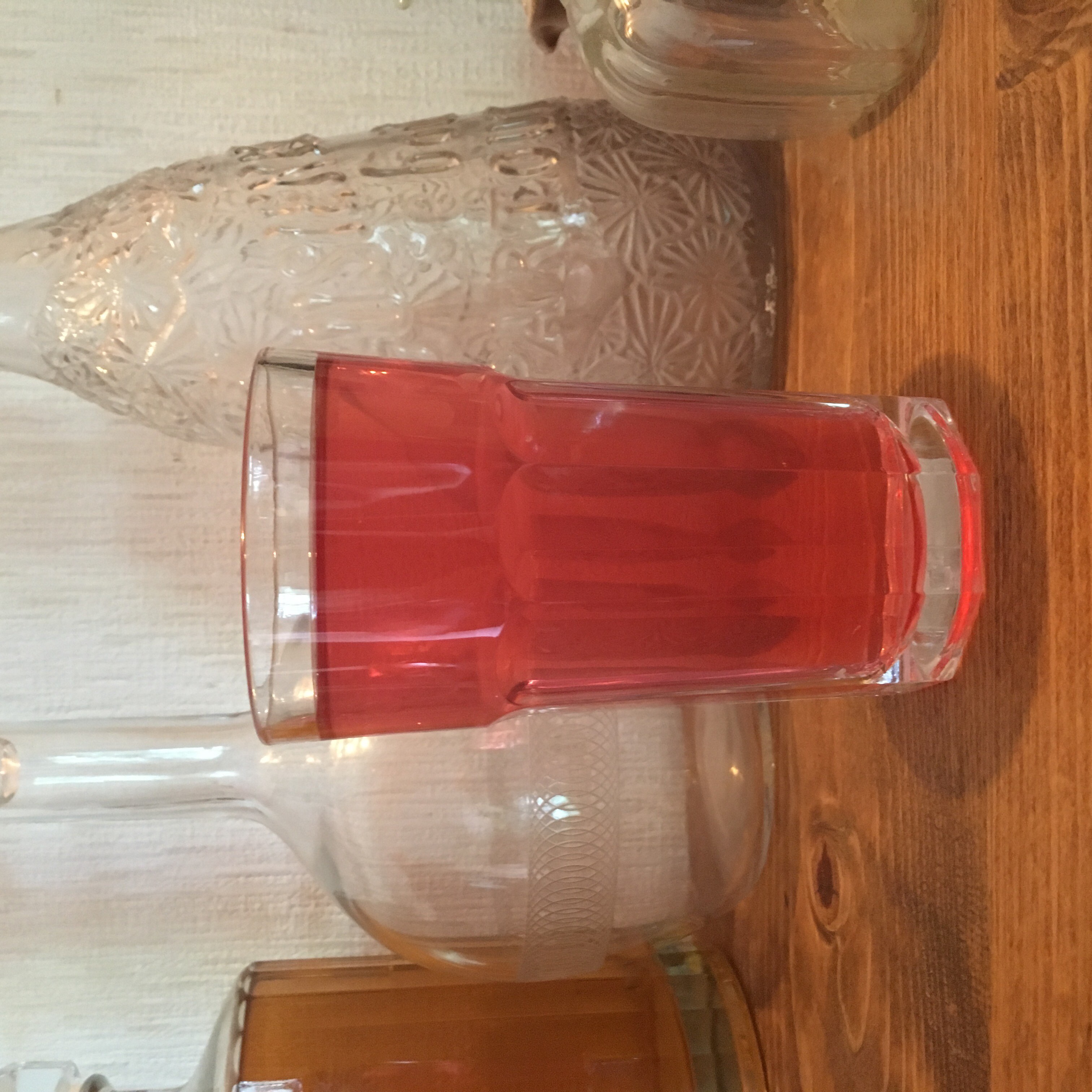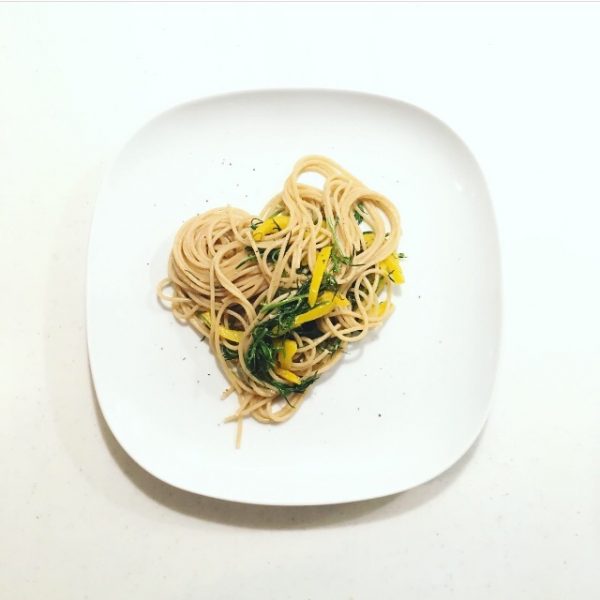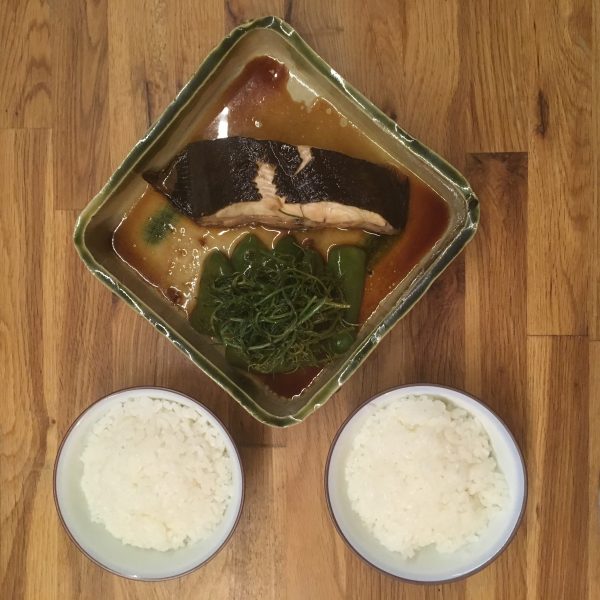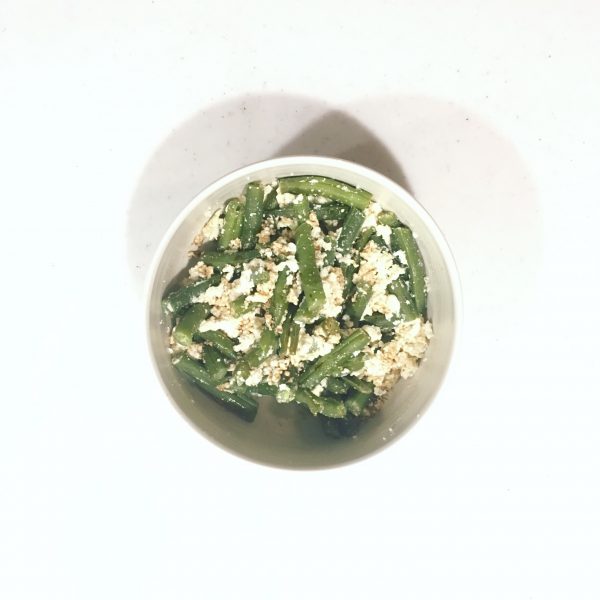At last… the beautiful autumn days have arrived and with them the most typical autumn vegetables (with mushrooms): the pumpkins!!!
While in Tokyo supermarkets you may find only Japanese kabocha, the one with the soft dark green skin and the vibrant orange flesh, that is also found all year round… In the countryside, in farmers markets and local cooperatives you can find many more varieties. Of course the butternut squash is now a classic, but not only. And last week one of our friend gave us a beautiful little pumpkin. It was so cute that I was sad to cut it open, but there are a few recipes I really enjoy and at some point I decided it was time to eat it.
One of my favorite Japanese style to cook kabocha of all kind is to boil them in dashi, add a bit of soya sauce… serve that with rice and I am more than happy. I shared that recipe before but just to make sure, I share it again. It is so simple.
Simmered kabocha in dashi
– a piece of kabocha/pumpkin (200-300g)
– 2 tbs of soya sauce
– a handful of katsuobushi flakes
Wash the pumpkin/kabocha. If it is a Japanese kabocha you don’t need to peel it. Otherwise peel it. Cut in bite size. In a pan put the cut kabocha, cover with water. Add the katsuobushi flakes. Bring to a boil and boil for 5min. When the kabocha is almost soft (use a bamboo toothpick), if there is a lot of water remaining drain. Otherwise just increase the heat for 20sec to make the liquid evaporate.
Add the soya sauce and roll the kabocha in by gently shaking and turning the pan. Don’t be violent or you’ll end with a purée!! Serve warm or cold.
The point in this recipe is that I don’t remove the katsuobushi flakes after using them in the dashi, on the contrary. Mixed with the soya sauce they are delicious.
